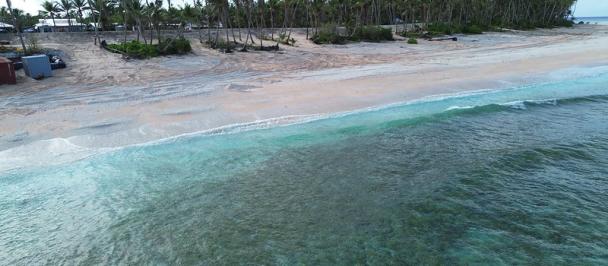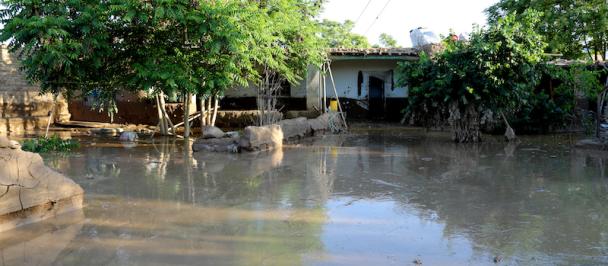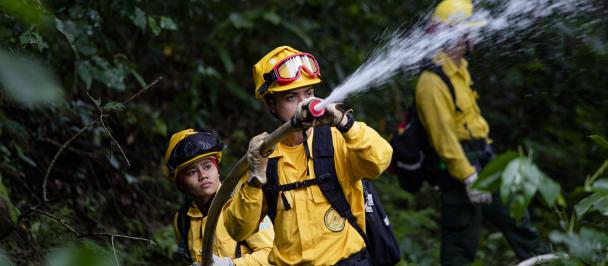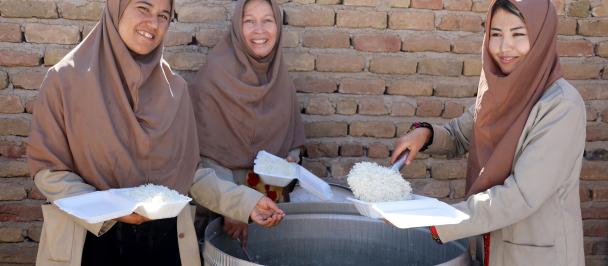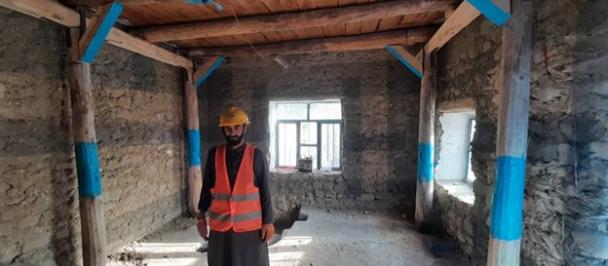Closing the investment gap for risk reduction in Asia-Pacific
October 12, 2023
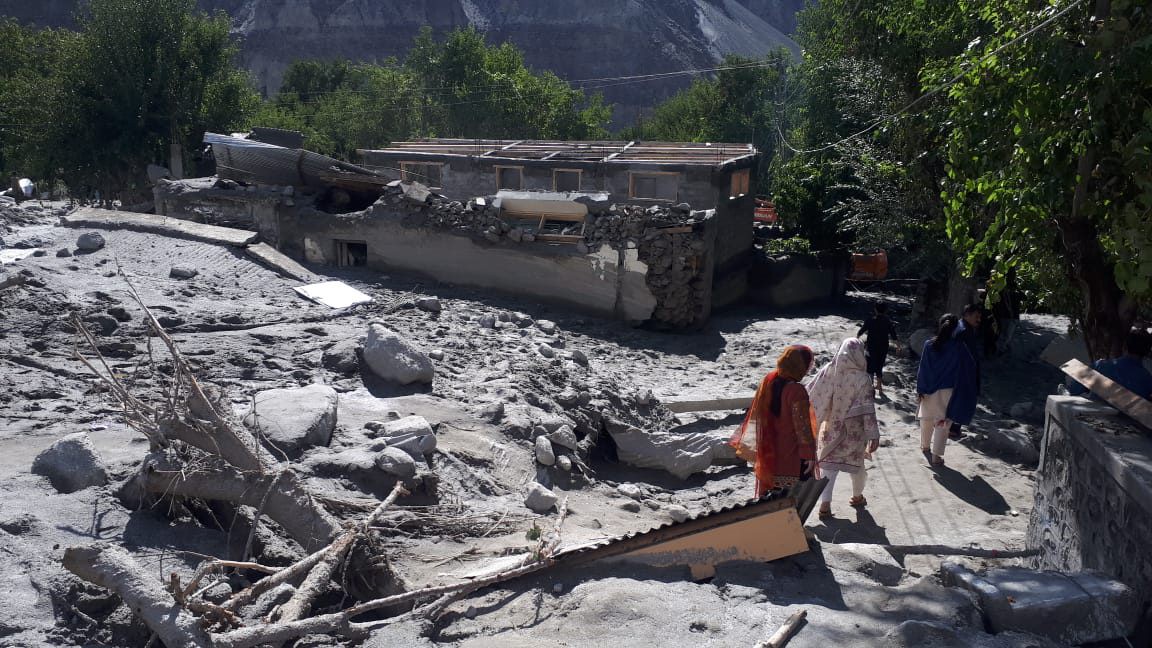
The Asia-Pacific region witnessed over 140 disasters in 2022 alone. They claimed over 7,500 lives and impacted more than 64 million people. Economic costs were estimated at US$57 billion.
The series of earthquakes that have devastated western Afghanistan serve as a chilling reminder of the region's vulnerability to disasters and the urgent need for risk-ready development and investments in Asia and the Pacific.
With the backdrop of an escalating climate emergency and explosive urban coastal development, the region is wrestling with increasing exposure to disasters that threatens to undermine post-COVID progress.
Amid its breath-taking landscapes, the region is a ticking time bomb, from devastating floods to rising sea levels and an outbreak of seismic activity. And each time a disaster erupts, it disproportionately affects the most vulnerable.
In 2022 alone, we witnessed over 140 disasters in the region, claiming over 7,500 lives, impacting more than 64 million people, and costing an estimated US$57 billion. Climate-related disasters displaced 32.6 million people last year, a whopping 41 percent higher than the annual average for the previous decade. This region faces an escalating threat from climate change-induced disasters that renders a regular response moot.

The devastating earthquakes in Afghanistan serve as a sombre reminder of the Asia-Pacific region's vulnerability to disasters.
The International Day for Disaster Risk Reduction is an annual reminder of our continuing struggle reduce loss of lives as well as the social and economic damages caused by disasters. The Sendai Framework was birthed in an Asian city, not far from where, 12 years ago, a devastating earthquake and tsunami claimed the lives of close to 16,000 people and caused one of the biggest nuclear threats. The framework’s lofty ambitions remain unfulfilled. To get going, it needs significant investments in risk reduction strategies and their delivery.
Disasters also bring out tales of formidable human resilience and tenacity. Azeema's narrative is one among many. Her journey, from seeing her home and only source of income source taken out by massive floodwaters in Pakistan last year, to picking herself up and rebuilding her life and livelihood with timely financial aid from UNDP, underscores the potential of effective recovery efforts and resourcing community resilience. Yet, these individual, even community triumphs are dwarfed by the sheer magnitude of devastation currently wreaking havoc in the region.
The region's progress hinges on mitigation of and adaptation to climate change, but only 8 percent of regional climate finance currently goes to adaptation. Sri Lanka led the way in 2016 with its National Adaptation Plan. Bangladesh, Pakistan and Papua New Guinea have since followed suit. However, even where plans exist, the funding does not. Public finance cannot cover these gaps alone. Without increased involvement in adaptation from the private sector and the international community –and the finance and regulations that transform efforts in mitigation – disaster risk reduction remains unattainable.

Increasingly powerful typhoons underscore the need to invest in climate resilience.
The Systematic Observations Financing Facility, a joint initiative of the UN Environment Programme, the World Meteorological Organization and UNDP, seeks to unpack and address this financing shortfall, by calling for analysis that highlights where the gaps are and providing financing that leverages more.
The upcoming UNDP Regional Human Development Report 2024 for Asia-Pacific will demonstrate that disaster risk seriously hampers human development progress in the region. The data is clear – countries with more frequent disasters exhibit lower human development measures, decreased overall productivity and increased poverty rates.
To support our efforts to drive up risk reduction investments, UNDP Asia-Pacific released a Regional Horizon Scanning Initiative 2023, formulated around predictive analytics and risk-informed strategy. It identified and unpacked four approaches as essential to close this gap.
First, the need for risk-informed development, which manifests most evidently in a systematic approach to building resilient infrastructure. Second, a focus on coastal community resilience. Here the priority would be on restoring and strengthening natural coastal barriers and sustainable land-use practices in eco-fragile coastal areas. Third, regional cooperation that emphasizes unified response and collaboration in early warning systems and response. And fourth, investing more in technological innovation, to revolutionize data collection and remote monitoring to vastly improve readiness. The more advanced systems can give communities many additional days of early warning and can save not only lives but also crops, livestock, services and supplies.
The Philippines and Bangladesh are demonstrating the value of these additional investments. The battle against intensifying climate-induced disasters demands strategic investments in these four areas, at scale. When we do it, it works. Risk reduction isn't just about prevention; it is a necessary way to secure a safer and more sustainable future.

 Locations
Locations
